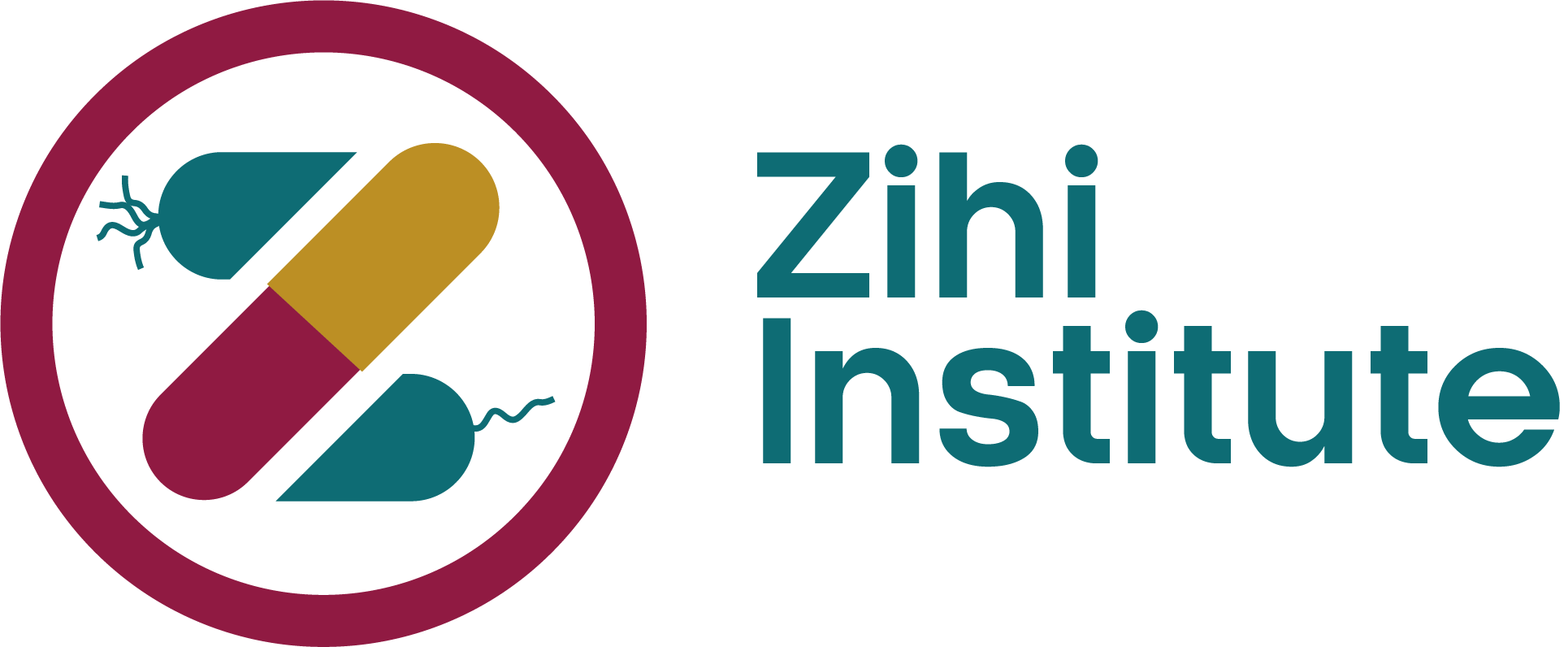Which areas do we prioritize to reduce the burden of infectious diseases?
The thematic areas are embedded in a One Health Approach and focus on reducing the burden of infectious diseases in Kenya and the African continent through equitable, feasible, and sustainable interventions. Given the complexity and interconnectedness of our different thematic areas, we develop integrated interventions that focus on and explore their relationship when a project is distinct for one thematic area.
Our thematic areas are
Infection, Prevention, and Control (IPC) interventions at the facility and community levels have been challenging to sustain in Kenya and other lower and middle-income countries. Through collaborations with social science institutions and scientists, we study systemic factors that hinder the uptake of IPC interventions and their influence on the IPC-related behaviors of the target populations.
The evidence generated will guide the development of contextual interventions co-designed with target communities and explore innovative models that can promote ownership and sustainability of IPC practices among community members. Through these interventions, we aim to establish several centers of excellence across Kenya, generating case studies and strategies. The knowledge generated can be utilized to adapt the models and interventions to other low—and middle-income countries.
Antimicrobial Resistance (AMR) is a multifaceted phenomenon that requires multidisciplinary interventions anchored on a One Health Approach. Given the complexity of AMR, our work incorporates a multi-pronged approach to address some of the overlooked areas in AMR mitigation. Our key focus areas are:
1. Understanding the interconnectedness of human and animal health-seeking behaviors and the development and spread of Antimicrobial Resistance
Our work explores the systemic drivers of human and animal health-seeking behaviors in target communities and how the behaviors expose the communities to Antimicrobial Resistance. Nested on evidence generated through social science models, we work with communities to co-design community-owned interventions that can address some of the systemic drivers and aid in positive behavior change.
2. Addressing Antimicrobial Resistance at the Primary Healthcare Level
Primary healthcare facilities are the first point of contact for communities seeking care. However, Antimicrobial Stewardship interventions at the primary healthcare level have largely been neglected.
Our work explores how healthcare delivery at primary healthcare centers can help prevent the spread of AMR and effectively manage infectious diseases. Additionally, we investigate how sub-optimal practices at these first points of care will likely contribute to the development and spread of AMR. The evidence generated guides the development of Antimicrobial Stewardship interventions at this level. Community Health Workers (CHWs) are critical in implementing Primary Healthcare Interventions, especially in low- and middle-income countries. We will work closely with them in co-designing community-owned interventions and build their capacity to address AMR and related factors.
3. Building a vast Multidisciplinary Professional Pool to address AMR
The number of professionals working on the AMR landscape is quite low. This could be attributable to low levels of knowledge and understanding of AMR, insufficient funding, and limited capacity-building platforms, among other factors. AMR is a complex, multifaceted phenomenon that requires innovative interventions drawn from the collaboration of diverse experts. There is a need to expand the multi-professional pool against AMR.
Due to the time invested in working, a career is one of the biggest opportunities to make a difference in the world. One of the most sustainable and impactful ways of addressing AMR is expanding the pool of individuals who prioritize careers in AMR mitigation, either through employment or entrepreneurship. Our work in this sphere is anchored on a blend of top-down and bottom-up models. Under the top-down model, we focus on primary, secondary, and tertiary education levels.
Our work focuses on co-designing education materials and training protocols that can be incorporated into the national learning curriculum at the primary and secondary education levels, focusing on Kenya and Tanzania (based on previous projects).
Our approach at the tertiary level is quite unique. Tertiary-level institutions (universities, colleges) are cosmopolitan settings rich in diverse expertise, talent, and values. It is also the professional junction where one must determine one’s career trajectory amidst myriad pathways and priorities. With this being the most crucial point in expanding the pool of those working in AMR, our work focuses on capacitating and empowering tertiary-level students to prioritize AMR careers through meaningful strategies that allow them to identify existing gaps in the AMR landscape, discover their expertise, and explore their interests. Through these models anchored on self-determination, students can locate their AMR niches that they can passionately explore as they transition to their career phase. Additionally, we support systemic pre-service learning efforts to integrate or strengthen AMR topics in curriculums for different disciplines.
The world is currently under threat from emerging and reemerging infectious diseases, some of which have the potential to lead to the next pandemic. While several high-level efforts have been made to address pandemic preparedness, localized disease surveillance at the grassroots level and community-led mitigation interventions are frequently neglected.
Localized disease surveillance is critical in early detection, prevention, and control of emerging and remerging infectious diseases. It enables timely identification and effective tracking of infectious diseases, especially determining zoonotic disease cross-over points from animals to humans and vice versa. Local surveillance is also instrumental in generating data that can guide quick policy-making, intervention contextualization, and integration with other surveillance networks and systems.
Infection, Prevention, and Control (IPC) interventions at the facility and community levels have been challenging to sustain in Kenya and other lower and middle-income countries. Through collaborations with social science institutions and scientists, we study systemic factors that hinder the uptake of IPC interventions and their influence on the IPC-related behaviors of the target populations.
The evidence generated will guide the development of contextual interventions co-designed with target communities and explore innovative models that can promote ownership and sustainability of IPC practices among community members. Through these interventions, we aim to establish several centers of excellence across Kenya, generating case studies and strategies. The knowledge generated can be utilized to adapt the models and interventions to other low—and middle-income countries.
Antimicrobial Resistance (AMR) is a multifaceted phenomenon that requires multidisciplinary interventions anchored on a One Health Approach. Given the complexity of AMR, our work incorporates a multi-pronged approach to address some of the overlooked areas in AMR mitigation. Our key focus areas are:
1.Understanding the interconnectedness of human and animal health-seeking behaviors and the development and spread of Antimicrobial Resistance
Our work explores the systemic drivers of human and animal health-seeking behaviors in target communities and how the behaviors expose the communities to Antimicrobial Resistance. Nested on evidence generated through social science models, we work with communities to co-design community-owned interventions that can address some of the systemic drivers and aid in positive behavior change.
2. Addressing Antimicrobial Resistance at the Primary Healthcare Level
Primary healthcare facilities are the first point of contact for communities seeking care. However, Antimicrobial Stewardship interventions at the primary healthcare level have largely been neglected.
Our work explores how healthcare delivery at primary healthcare centers can help prevent the spread of AMR and effectively manage infectious diseases. Additionally, we investigate how sub-optimal practices at these first points of care will likely contribute to the development and spread of AMR. The evidence generated guides the development of Antimicrobial Stewardship interventions at this level. Community Health Workers (CHWs) are critical in implementing Primary Healthcare Interventions, especially in low- and middle-income countries. We will work closely with them in co-designing community-owned interventions and build their capacity to address AMR and related factors.
3. Building a vast Multidisciplinary Professional Pool to address AMR
The number of professionals working on the AMR landscape is quite low. This could be attributable to low levels of knowledge and understanding of AMR, insufficient funding, and limited capacity-building platforms, among other factors. AMR is a complex, multifaceted phenomenon that requires innovative interventions drawn from the collaboration of diverse experts. There is a need to expand the multi-professional pool against AMR.
Due to the time invested in working, a career is one of the biggest opportunities to make a difference in the world. One of the most sustainable and impactful ways of addressing AMR is expanding the pool of individuals who prioritize careers in AMR mitigation, either through employment or entrepreneurship. Our work in this sphere is anchored on a blend of top-down and bottom-up models. Under the top-down model, we focus on primary, secondary, and tertiary education levels.
Our work focuses on co-designing education materials and training protocols that can be incorporated into the national learning curriculum at the primary and secondary education levels, focusing on Kenya and Tanzania (based on previous projects).
Our approach at the tertiary level is quite unique. Tertiary-level institutions (universities, colleges) are cosmopolitan settings rich in diverse expertise, talent, and values. It is also the professional junction where one must determine one’s career trajectory amidst myriad pathways and priorities. With this being the most crucial point in expanding the pool of those working in AMR, our work focuses on capacitating and empowering tertiary-level students to prioritize AMR careers through meaningful strategies that allow them to identify existing gaps in the AMR landscape, discover their expertise, and explore their interests. Through these models anchored on self-determination, students can locate their AMR niches that they can passionately explore as they transition to their career phase. Additionally, we support systemic pre-service learning efforts to integrate or strengthen AMR topics in curriculums for different disciplines.
The world is currently under threat from emerging and reemerging infectious diseases, some of which have the potential to lead to the next pandemic. While several high-level efforts have been made to address pandemic preparedness, localized disease surveillance at the grassroots level and community-led mitigation interventions are frequently neglected.
Localized disease surveillance is critical in early detection, prevention, and control of emerging and remerging infectious diseases. It enables timely identification and effective tracking of infectious diseases, especially determining zoonotic disease cross-over points from animals to humans and vice versa. Local surveillance is also instrumental in generating data that can guide quick policy-making, intervention contextualization, and integration with other surveillance networks and systems.


